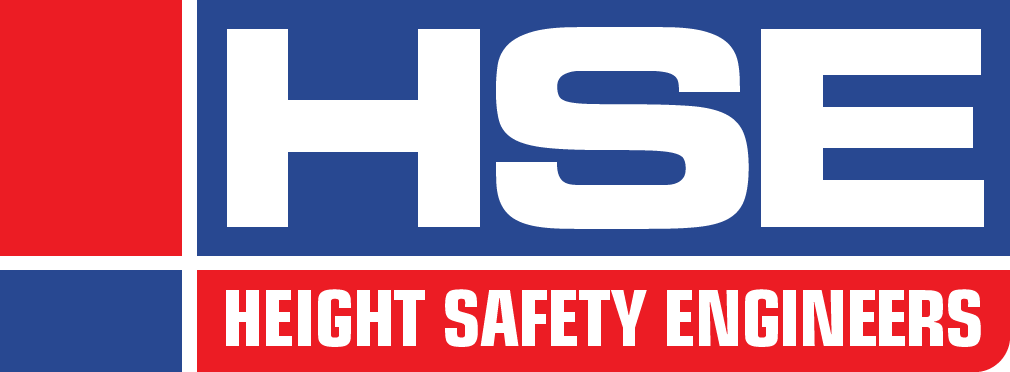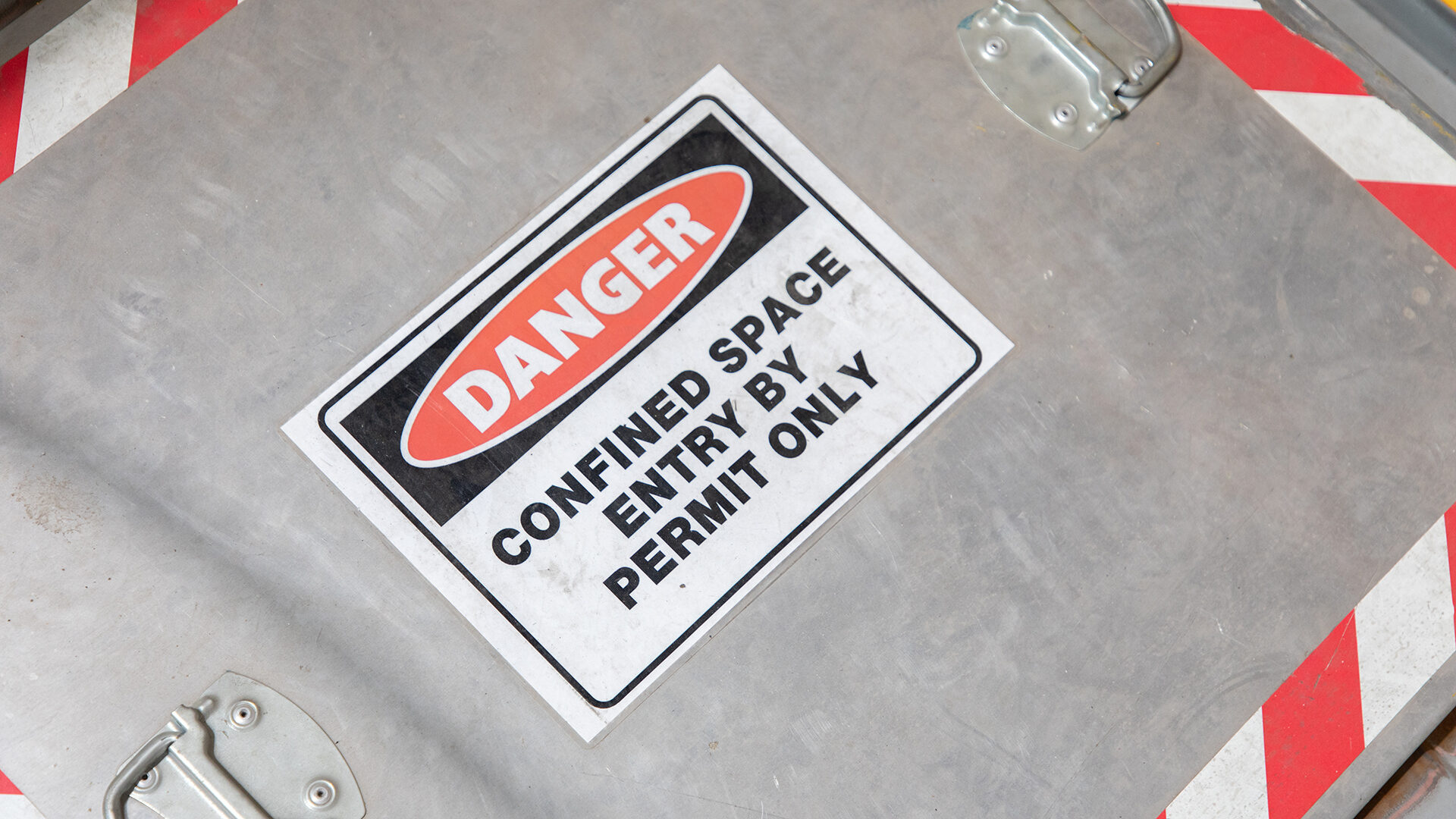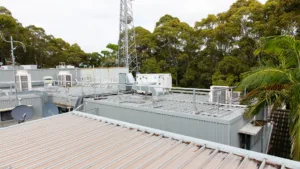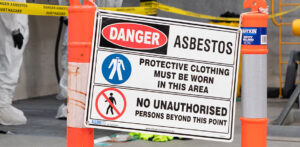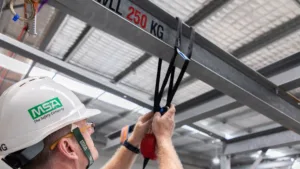Like work at heights, there are far more situations workers come across that would be classified as being in a confined space than they might think. Knowing how to identify a confined space is the first step in mitigating the risks associated with working in them.
The first encounter most of us would have had with a confined space would have been digging far too big a hole in the sand and then climbing inside.
It is not something that tends to occur to a ten-year old having a fun day at the beach, but that large hole can pose quite the safety risk. And the potential outcomes of an accident can be very poor.
Much like working at heights, working in and around confined spaces occurs far more frequently than any worker would likely be aware of. Understanding what constitutes a confined space is the first step in being able to properly mitigate the risks associated with working in those areas, as well as making sure that everyone involved is adequately protected.
Confined Spaces in the Regulation
The Work Health and Safety Regulation 2017 (NSW) contains a basic definition for what a confined space is. Clause 5 of the Regulation states:
Confined space means an enclosed or partially enclosed space that-
(a) is not designed or intended primarily to be occupied by a person, and
(b) is, or is designed or intended to be, at normal atmospheric pressure while any person is in the space, and
(c) is or is likely to be a risk to health and safety from–
(i) an atmosphere that does not have a safe oxygen level, or
(ii) contaminants, including airborne gasses, vapours and dusts, that may cause injury from fire or explosion, or
(iii) harmful concentrations of any airborne contaminants, or
(iv) engulfment, But does not include a mine shelf or the workings of a mine.
Australian standard for safe working in confined spaces
There is also an Australian standard that provides guidance on what is required to work safely within and around confined spaces. AS 2865:2009 Confined Spaces contains a similar definition of what is a confined space.
Clause 1.5.5 states that a confined space is “an enclosed or partially enclosed space that is not intended or designed primarily for human occupancy, within which there is a risk of one or more of the following:
(a) An oxygen concentration outside the safe oxygen range.
(b) A concentration of airborne contaminant that may cause impairment, loss of consciousness or asphyxiation.
(c) A concentration of flammable airborne contaminant that may cause injury from fire or explosion.
(d) Engulfment in a store free-flowing solid or a rising level of liquid that may cause suffocation or drowning.
Common types of confined spaces
Based on these definitions, there are several common working environments that would be classified as confined spaces.
Some of these include storage tanks – either above or below ground, silos (for grain, cement, or other substances) and other similar storage devices.
Pipes, pits, and other similar structures are also considered confined spaces. These include things like stormwater pits, air conditioning and sewer lines.
Other types of confined spaces
While many confined spaces can be easily identified from the outside, there are others whereby identification may not be made so easily.
Culverts and stormwater systems often contain different types of confined spaces. These may need to be entered as part of their construction, or during maintenance to clean debris and other material.
Open pits and trenches are another type of common work area that may not immediately be considered a confined space. The risks associated with these is that the sides of a pit or trench could collapse, essentially burying a worker.
Sailors and others working on boats and ships can also find themselves working in confined spaces. AS2865:2009 cites “any shipboard spaces entered through a small hatchway or entry point, cargo tanks, cellular double bottom tanks, duct keels, ballast and oil tanks and void spaces” as areas on a ship that meet the definition for a confined space.
Confined space safety skills
Having the understanding to identify a confined space, and the skill to safely complete work is an important part of a workplace safety process.
A one-day confined space training course gives workers a basic introduction to confined spaces, how to identify them, the risks associated with work and initial mitigations that can be put in place to provide a safe working environment.
At Height Safety Engineers, we include MSMWHS217 Gas test atmospheres in our one-day course. This provides participants with the skills and knowledge needed to ensure the atmosphere of a confined space is safe to enter.
Training can be extended into a second day, in which participants can learn skills in the use of breathing apparatus, rescue or supervising work in confined spaces.
Discuss your training and safety needs with your partners in protecting people by calling 1300 884 978 or email enquiries@heightsafety.net.
